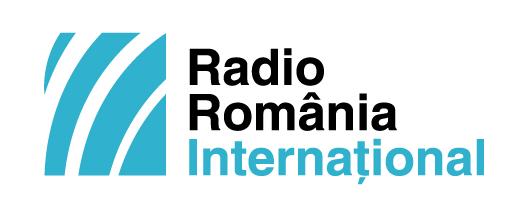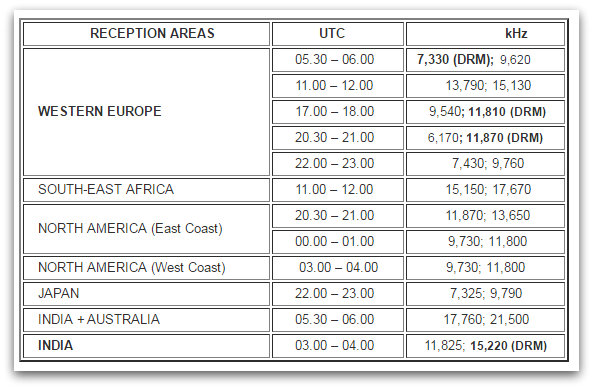Many thanks to SWLing Post contributor, David Iurescia (LW4DAF), who notes that Radio Romania International has published their updated English language broadcast frequencies:
RRI Summer Broadcast Frequencies valid March 27 to October 30, 2016
Source: http://www.rri.ro/en_gb/rri_summer_broadcast_frequencies-2544502



I’m glad that RRI is still on the air. I enjoy their broadcasts and find them informative, especially with what has been happening in Europe lately. It’s good to hear it direct.
Furthermore, transmitting simultaneously with DRM (to Europe) and AM (to North America) on 11870 kHz from 20:30 to 21:00 UTC? What sense does that make?
I wounder how long RRI and others will continue with broadcast tests in DRM. On average it takes 20 years to introduce a new technology globally – it was the same for FM radio, colour TV and even Internet search. I was involved with the launch of DRM at a conference in China in 1996. Back then, things look promising. But 20 years later, we have to draw very different conclusions. Digital has improved the audio quality of shortwave on paths up to 3000 kms, but it can do nothing to improve the reliability of the transmission path. Even though oil prices have slumped, the cost per listener for DRM is so high as to make it worthless as a broadcast platform..
Regardless of the technology, we all know shortwave radio is dead. Sending radio programmes thousands of miles away is of no use anymore. But I guess RRI will continue to do it as long as it’s profitable and doesn’t ask more money from the government.
It’s a pity there aren’t good receivers on the market. DRM could’ve at least replaced AM radio on LW and MW and become an alternative to FM.
With the USAC codec, the transmission path over longer distances doesn’t need to improve. Increasing the reliability and probability of decoding DRM broadcasts lies primarily with the broadcaster. RRI is a perfect example of poor configuration by a digital broadcaster. Other than robust configurations, the main problem is the lack of receivers capable of decoding digital broadcasts with the USAC codec as Tudor indicated.
I love DRM and regularly tune in to DRM broadcasts, but I am frustrated by the failure by broadcasters to properly implement DRM. Only VoR and the BBC ever used DRM properly, by that I mean journaline, two freqs at once using AFS etc. If all you do with DRM is transmit in digital (and some very poor bitrates) it brings no value to the listener except creating a barrier by making the listener buy more expensive equipment/receivers.
India (AIR) may end up being the only broadcaster using DRM (properly?).
Even as a hobbyist who loves radio decoding DRM can be a bind at times….but switching on my PL-660 and tuning in AM is low maintenance and does not involve any fancy equipment/PC etc. Even using MFSK32 over AM decoding with TIVAR on a mobile probably has more of future than DRM (yes…totally different tech but you can’t decode DRM using your mobiles mic with the sound coming from your radios speaker) sending MFSK32 with the broadcasters frequencies etc. at the end of the broadcast, of which most have a couple of minutes interval sigs may be a better use and may spurn more interest in SW using cheap accessible radios/mobiles that can decode digital signals without any cables or modifications.
Rant over 🙂